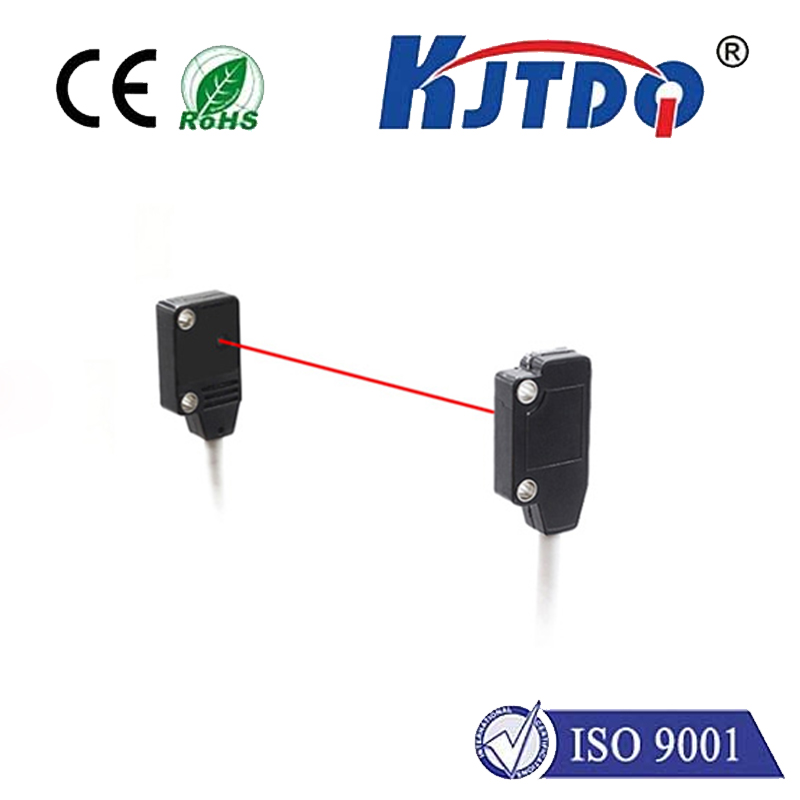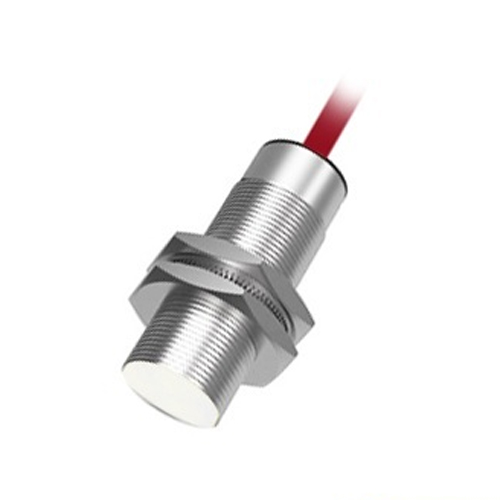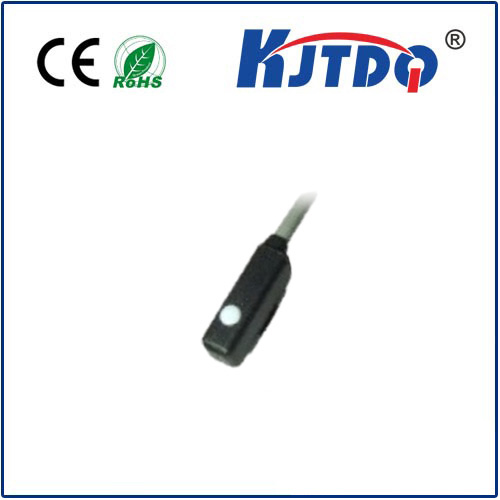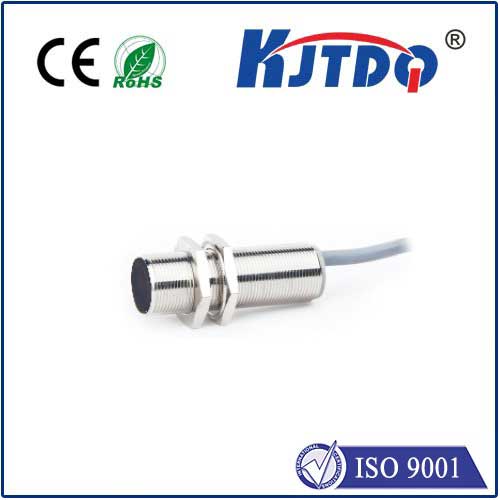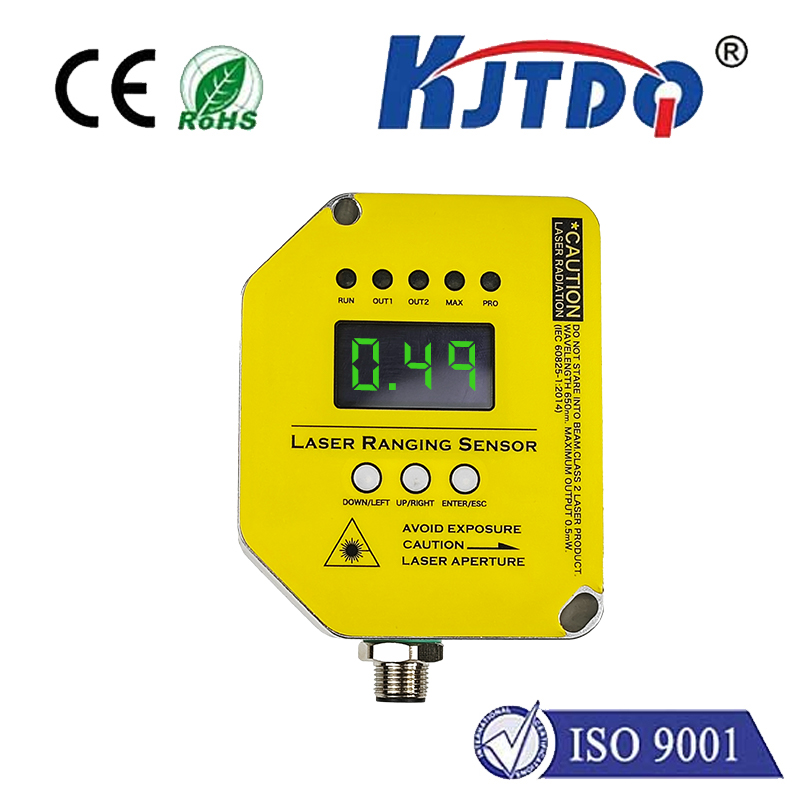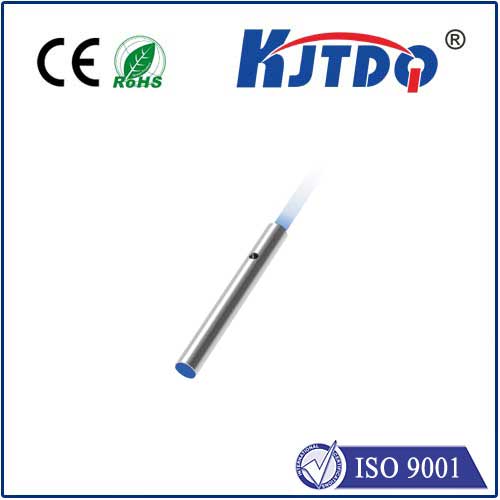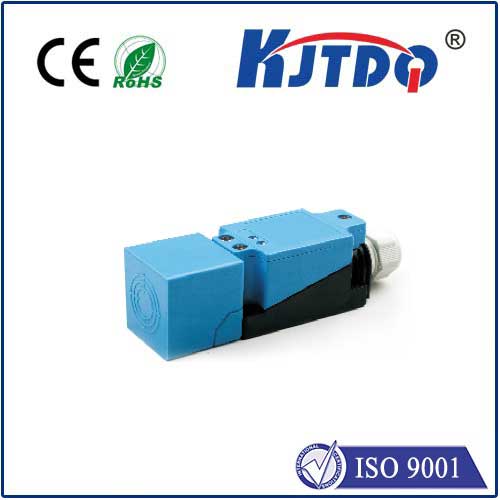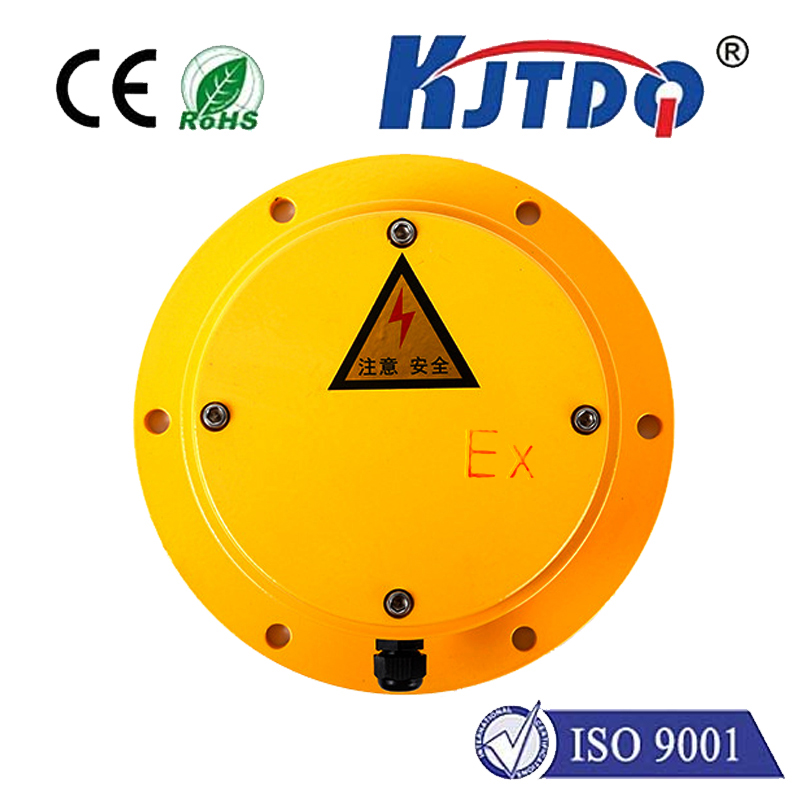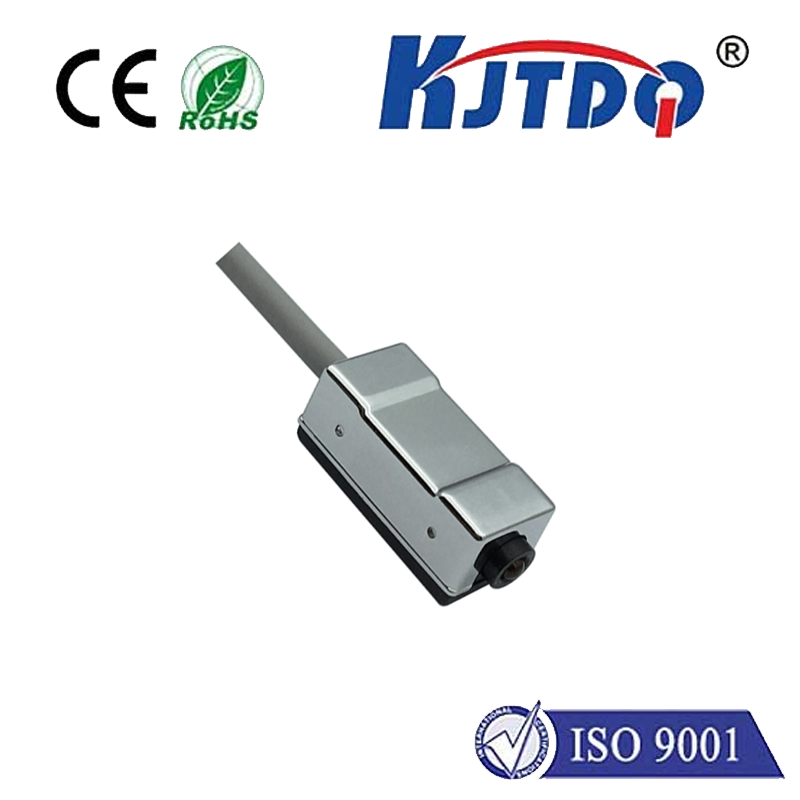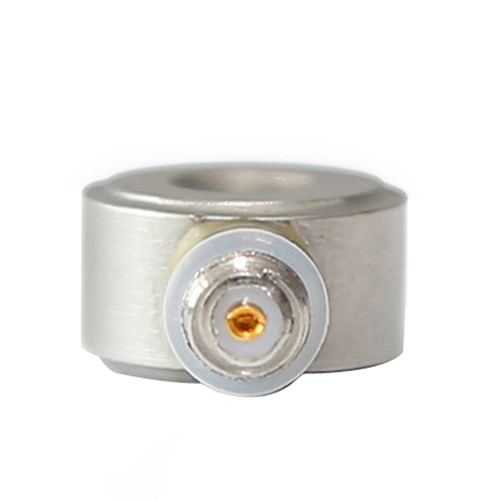

check

check

check

check

check

check

check

check

check

check
Title: The Importance of Laser Oxygen Sensor Socket in Engine Performance Monitoring
As the world becomes increasingly reliant on automobiles, ensuring optimal engine performance has become a top priority for automotive manufacturers and enthusiasts alike. One crucial component in achieving this goal is the laser oxygen sensor (LOX) socket, which plays a vital role in detecting and measuring the amount of oxygen present in the engine's combustion chamber. This article delves into the significance of the laser oxygen sensor socket and its impact on engine performance monitoring.
Introduction
The laser oxygen sensor socket, also known as the "cold start" sensor or "exhaust gas temperature" sensor, is a small device located inside the exhaust pipe. It emits a beam of light that bounces off the tailpipe and is reflected back to the sensor. By analyzing the amount of time it takes for the light to travel back to the sensor, the LOX socket can determine the engine's cold start timing and adjust the spark plug timing accordingly. This helps ensure that the engine is ignited at the correct moment, maximizing fuel efficiency and reducing emissions.
Section 1: The Role of the Laser Oxygen Sensor Socket in Engine Performance Monitoring
The laser oxygen sensor socket is an essential component of an engine's emission control system. It monitors the level of oxygen in the combustion chamber, allowing the vehicle's onboard computer to adjust engine parameters such as spark plug timing, fuel injection rate, and exhaust valve control to maintain optimal air-fuel ratios and minimize harmful emissions. Without a functioning LOX socket, these finely tuned systems would fail to function correctly, leading to poor engine performance, increased fuel consumption, and potentially even damage to the engine itself.

Section 2: Benefits of a Healthy Laser Oxygen Sensor Socket
A healthy laser oxygen sensor socket offers several benefits for vehicle owners and mechanics alike:
1. Improved Engine Performance: By ensuring that the engine is ignited at the correct moment, a properly functioning LOX socket can lead to improved power output, acceleration, and fuel efficiency.
2. Reduced Emissions: A well-maintained LOX socket helps minimize exhaust emissions by optimizing air-fuel ratios, resulting in cleaner burning of fuels and reduced pollution.
3. Increased Reliability: A functional LOX socket reduces the likelihood of engine failure due to misfire or other issues related to incomplete combustion.
Section 3: CommonLOX Socket Issues and Their Impact on Engine Performance
While most modern vehicles are equipped with reliable laser oxygen sensor sockets, some common issues can arise over time, potentially affecting engine performance:
1. Malfunctioning Sensor Element: The sensor element inside the LOX socket can wear out or be damaged due to environmental factors such as high heat or vibration. This can lead to inaccurate readings and improper spark plug timing, potentially causing engine misfires or poor performance.
2. Electrical Connection Problems: Loose or damaged electrical connections between the LOX socket and the onboard computer can result in incorrect data being sent to the computer, leading to improper fuel management or inefficient combustion processes.
Conclusion
In conclusion, the laser oxygen sensor socket plays a critical role in engine performance monitoring by providing accurate data on fuel consumption and emissions levels. A well-maintained LOX socket ensures that the vehicle's emissions control systems function correctly, improving overall performance and reducing environmental impact. As technology continues to evolve, it is likely that new sensors and diagnostic tools will emerge, further enhancing our understanding of how they contribute to efficient and sustainable driving practices.
